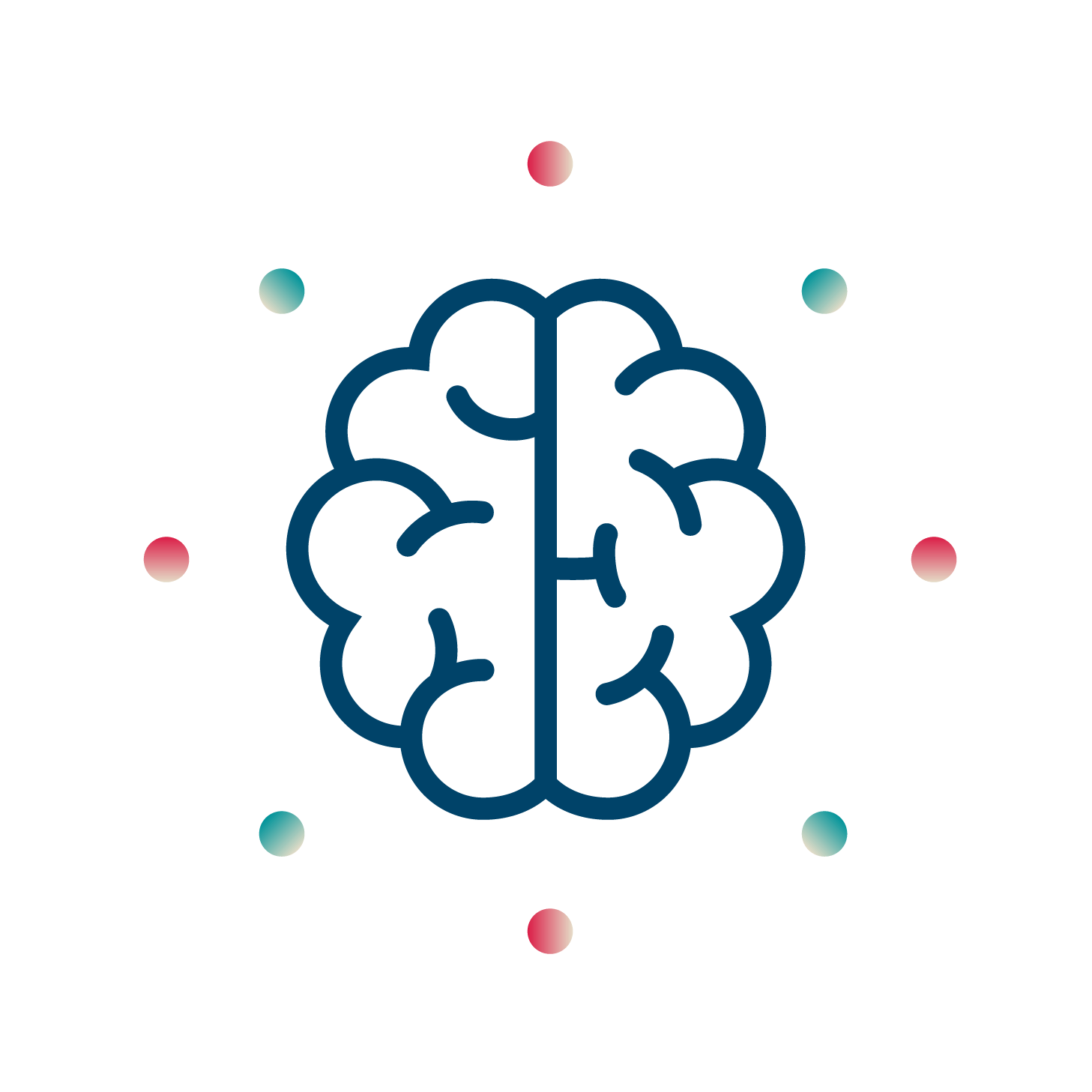AI & Fairness
AI is transforming our digital society
In ways we cannot even foresee. We use AI to more accurately predict and treat diseases, to protect marine biodiversity, to efficiently maintain production systems and even to augment democracy. AI may act as an enabler on 134 targets across all 17 UN Sustainable Development Goals and go far beyond them. While taking advantage of the opportunities, it is equally important to address the risks.
101
AI cybersecurity systems can reduce the average time to identify and neutralize cyberattacks from 101 days to a few hours.
AI knows more about us than we do
Massive collection and processing of personal data by both state and private actors pose severe threats to one’s individual privacy. These systems often know more about us than we know ourselves. ‘Cambridge Analytica’ exposed the threats to our democracies by political micro-targeting. With an eye on the 2020 US Presidential Elections, one should reasonably worry about the potential harm by deepfakes and other tools of disinformation to the integrity of the election process.
What is ?
GANs
Generative adversarial networks (GANs) are algorithmic architectures that use two neural networks, pitting one against the other (thus the “adversarial”) in order to generate new, synthetic instances of data that can pass for real data. They are used widely in image generation, video generation and voice generation.
AI can be kafkaesque
AI systems for automated decision-making raise concerns about lack of due process, and accountability. At the same time, it will often be impossible for the affected person to know how the system came to this output and if the system involves machine learning, nor will the expert, who will not know how a particular pattern was identified, or even what the pattern is.
AI can be discriminatory
These systems operate on data often reflecting human biases and produce an equally flawed output. It may be wrong as a result of statistical discrimination. This output may range from “this shoe matches your preferences”, “no cancer detected”, “application to bank account declined”, “donor organ will be given to another patient”, “bail is denied”, or “target identified and engaged”.
What is ?
machine learning
The scientific study of algorithms and statistical models that computer systems use to perform a specific task without using explicit instructions, relying on patterns and inference instead.
AI pro bono
While there is a growing consensus that AI should respect privacy, be fair and non-discriminatory, provide for accountability, transparency and explainability, guarantee safety and security, be humanly controlled according to standards of professional integrity and responsibility, all stakeholders should further engage in building and advocating AI that promotes human values.
Our Cycles
Our Work

By Jeremy Zimmerman
•
22 Oct, 2021
Cryptocurrencies (Crypto) have captured the world by storm with some touting its success as “magic internet money” and others criticizing it as a “bubble waiting to burst”. One thing is for sure: crypto can have a significant impact on the environment, and the small town of Massena, NY, home to the world’s largest crypto data center, has been caught in the crossfires going so far as to ban them temporarily.

By Gabriel Obando-Chacon & Yannick Stadtfeld
•
27 Aug, 2021
While the use of facial recognition technology could help recruiters streamline some processes, it is hard to believe that the long-standing issues of recruiting could be solved through algorithms knowing that existing datasets could perpetuate or even worsen the current biases that a human recruiter can have.

By Sriya Sridhar & Daniel Rodríguez Maffioli & Alice Bryk Silveira
•
27 Aug, 2021
Law enforcement officials around the world are using Facial Recognition Technology (FRT) to identify suspects, conduct arrests, and determine guilt through system matches. It is also being used as a tool for border control purposes, to perform identity verifications, and to monitor the safety of people in public spaces. The use of FRT by police and other law enforcement officials, however, has been pointing out the problems regarding the fairness and legitimacy of this tool.
Join Us Aboard
To solve global challenges we need interdisciplinary and diverse research teams. We offer a safe haven for digital castaways, creative sailors and curious explorers. Do you share the same passion for neuroethics and making our digital society just and democratic?
It's really no dilemma.








